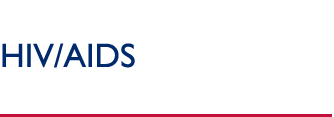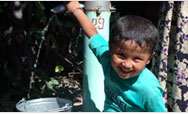Nicaragua
With only 0.2 percent of the adult population estimated to be HIV-positive, Nicaragua has one of the lowest HIV prevalence rates in Central America. HIV was first detected in Nicaragua in 1987, after concentrated epidemics had been reported in other Central American nations. The onset of the epidemic was likely delayed by Nicaragua’s 10-year civil war and the U.S.-led economic blockade, both of which left the country isolated for several years. Relative control over commercial sex work, low infection rates among injecting drug users, and a ban on the commercial sale of blood also slowed HIV transmission. However, the country is at risk of a broader epidemic because of social conditions such as multiple sex partners, gender inequality, and widespread poverty. Many people are unaware of their HIV status and could unwittingly spread the disease. UNAIDS estimates that 7,300 HIV-positive people, nearly half of whom were identified over the past three years, live in Nicaragua.
Through USAID, Nicaragua in fiscal year 2007 received $2.18 million for essential HIV/AIDS programs and services. USAID programs in Nicaragua are implemented through the U.S. President's Emergency Plan for AIDS Relief. USAID’s efforts to fight HIV/AIDS in Nicaragua include funding outreach and behavioral change information campaigns targeting at-risk groups; distributing condoms through public sector providers; promoting and improving HIV/AIDS policies; and providing technical assistance to the Ministry of Health to strengthen its logistics and delivery systems to improve the quality of and access to health services (especially for the effective care and treatment of people living with HIV/AIDS), and to reduce the incidence of sexually transmitted infections, including HIV/AIDS.
View the USAID HIV/AIDS Health Profile for Nicaragua - June 2008 [PDF, 114KB]
Related Links
|


